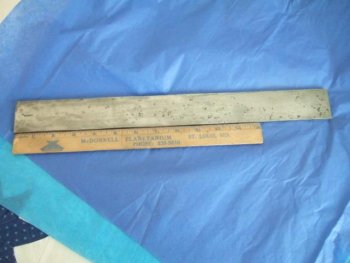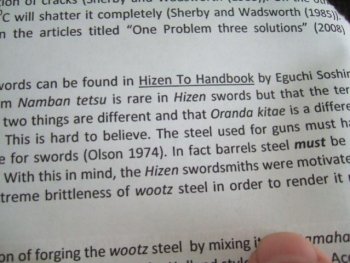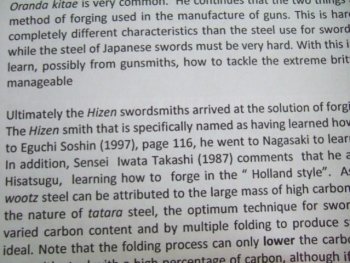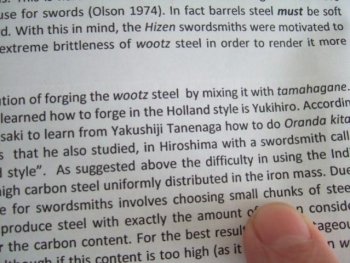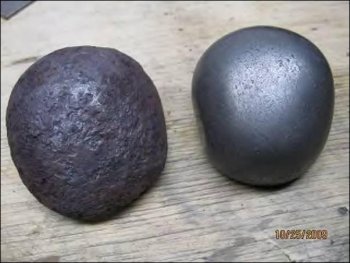The use of ores of differing chemical composition is unavoidable and often referred to in a stretch to compare with intentional alloying, especially since chromium wasn’t even identified as an element until the late 18th century. For that matter Chinese swords intentionally incorporating chrome coating have also been dated back to the Qin dynasty, much more impressive than trace elements in ore, but that still doesn’t equate to 440C.
The Key Role of Impurities in Ancient Damascus Steel Blades is indeed well documented and this link will take you that very popular paper, if you have a link to the information about the Japanese use of chromium steels, putting them together would be a good read for many visitors to this thread.
Powerful pharmaceuticals need to be carefully administered with a sound knowledge of medicine and chemistry, just like modern alloy steels need to be worked accordingly. For sure with such potent chemistry there have been recalls, but a whole lot more people needlessly died from bleeding and fighting evil spirits instead of the pathogens that cause disease. This can easily be boiled down to one question- I get toned out in the middle of the night to extricate a loved one from a mangled mess on the highway, the vitals are going south fast, just down the road there is an herbalist/shaman/old school healer, or there is a hospital with all that new fangled gadgetry, drugs to be recalled in the future, but no maggots to be found… where do you want me to send them?
On the other hand, in my
opinion, from the gladius that conquered half the world to masterfully welded Saxon blades and exquisitely decorated rapiers, many western swords have no equal in function or aesthetics, but as you say, opinions are just that and must be respected as such.
My circumstances make it best for me to just work with facts, you see Bubba I am in a touchy position here at this forum, I am listed as a moderator but I was actually asked to participate here to provide the most factual heat treating information I can. To do that I can’t use anecdotal evidence or what I believe, I need to use what I have actually measured and observed with modern equipment and methods designed specifically to gather that data.
Invariably at every forum I have visited this ends up being perceived as anti-tradition or techno-elitism, when all I am trying to do is provide pure, objective facts instead of assumptions or opinions. And I assure you that is all I am doing here. It is a valid opinion that the 2% gained from some extra control may never be noticed in the blades use, but it is still a fact that there is a difference in the results regardless of whether they are noticed in the big picture.
Most folks simply work with the knowledge that the blade is hard, it skates a file, but in my efforts to provide objective information I need to measure martensite percentages to give a more accurate picture. To most, peanut oil quenching skates a file just as well as Parks #50, but I have actually seen the percentages of martensite formed by both, and thus honesty robs me of the ability say there is no difference. It has been my unfortunate experience that many of the peanut oil guys will hate the messenger rather than hearing the message.
I hope that is not the case here and from your PM I can see it probably is not, but rather we have totally different tastes and approaches to our craft, here is just one fun example to illustrate that:
This is one of my pictures of my bloomery steel I made from magnetite ore, Europe’s version of tamahagane, from the inside at 400X. Both images of the same type of product, just from entirely different perspectives. :3:


